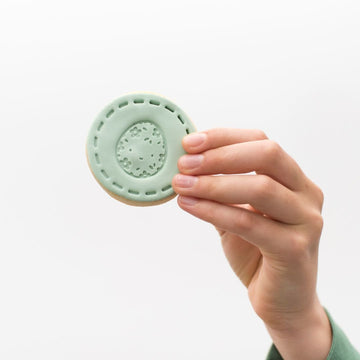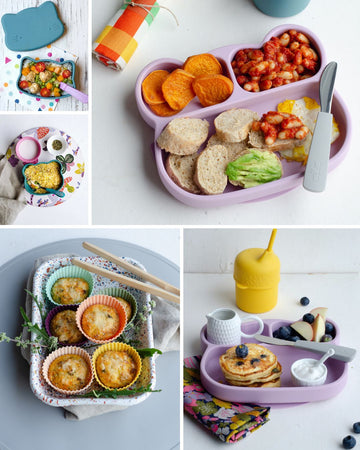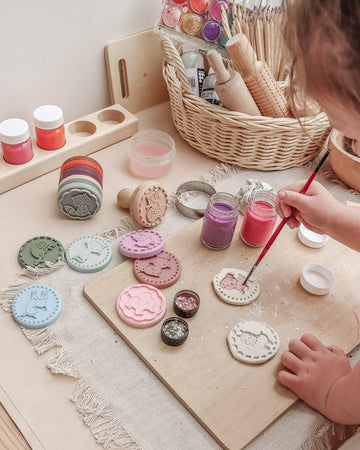Do you sometimes feel like it can be such a fight every meal time to get your kids sitting at the table, and staying there long enough to actually eat?
You’re not alone! Toddlers and pre-schoolers are notorious for being distracted or disagreeable at the dining table. Today we’re bringing you some tips to help survive the battlefield at dinnertime.
Have set meal times
Serving up breakfast, lunch, and dinner at the same time each day will go a long way to starting the process of teaching your kids to stay at the table. In between meals, offer a morning and afternoon tea around the same time as well, and try not to give in to requests or demands for additional snacks and risk them filling up before their next meal.
Sit down together to eat
Do you serve your child and then step away to do other things? Why not sit with your child at mealtimes so they have some company? Even if you have multiple kids who eat together, sitting down with them is a great way to lead by example.
It’s also helpful to come to the table prepared for the meal – try to have all the drinks, cutlery, condiments, etc, that you need for the meal ready on the table when you all sit down together. Minimising the times you need to get up from the table will help your children learn that they, too, are expected to remain at the table for the entirety of the meal.
Visit the bathroom before meals
Of course it’s good hygiene to have your children wash their hands before eating, but encouraging them to use the toilet and then washing their hands will minimise one reason (or excuse!) they can call on for leaving the table mid-meal.
Make sure your child is comfortable
And by this, we literally mean that their seat is comfortable! If it’s too hard, too soft, too high, too low, too far away or too close, it will only be harder for your child to remain sitting nicely at meal time.
Keep meal times limited to around 20 – 30 minutes
Set the minimum expectation for how long your child, and the family, remain at the table. Even if you need to build up to this over a few days, it’s good practice. On the flip side, don’t drag meal times out too long – cajoling your child to keep eating for a long time isn’t a great habit to fall into, either.
Instead, at your chosen end time for the meal, clear the plates away. If your child comes looking for food, remind them that the time for dinner (or lunch, etc) has passed. This way, you can help your child learn that meal times are for eating, and that they need to sit at the table and eat during that meal time or risk missing out. (As an aside, this is also great practice for school, when break times are fixed and marked by the bell!)
Use cues to help build your meal time routine
Turn off the TV, have your child visit the bathroom, get them to set the table. Just a few ways that you can cue to your child that meal time is approaching, and they need to be ready to sit at the table and remain there. Turning off the TV has the bonus of minimising distraction and promoting conversation and connection with your child or family at meal times.
Let your child have a sensory activity at the table
On the flip-side to minimising distractions at the table, why not consider giving your child something small at the table to give them something to fidget with. A small toy truck or similar, a special book, something small that your child can use to expend excess energy, or focus their attention during meal time.
You can keep this toy specific to meal times and not have it available during other times to help keep the interest of your child. Be sure to maintain hygiene and wash any toys from the dinner table, since little children are likely to get food or saliva on them.
Get your child involved in the preparation
Have your child set the table. Invite them to crack the egg, or mash the potatoes. Older children can be put in charge of pouring drinks for everyone. Small tasks suitable to your child’s age can help them feel involved in the meal, and it’s a well known fact amongst children that the mashed potatoes they made themselves are always tastier!
Be consistent
Once you’ve decided your new meal time structure, remain consistent and calm with your child. It may take some days – possibly even weeks – to help your child learn to break the habits of not staying at the table. If you persist, you will see improvement.
Happy meal time!
Sign-up to receive updates, recipes and news from We Might Be Tiny.








